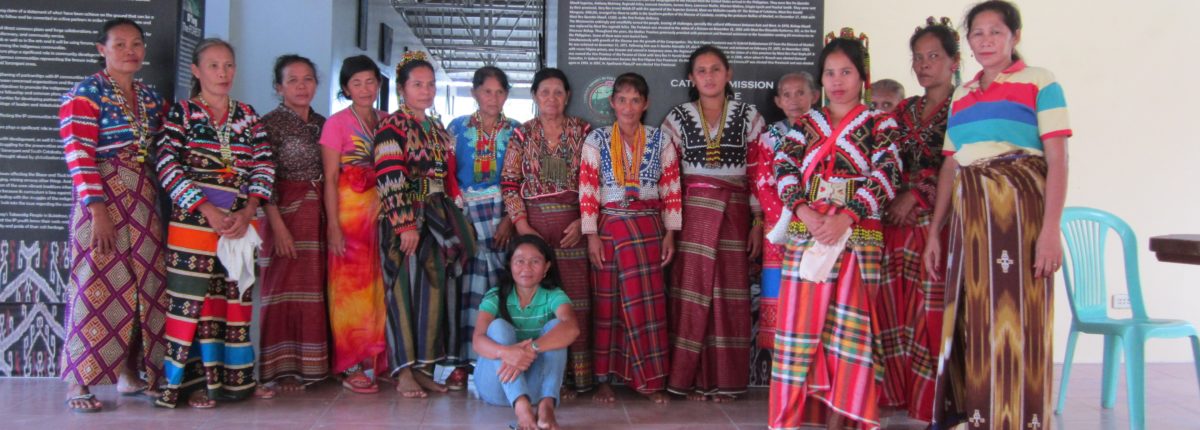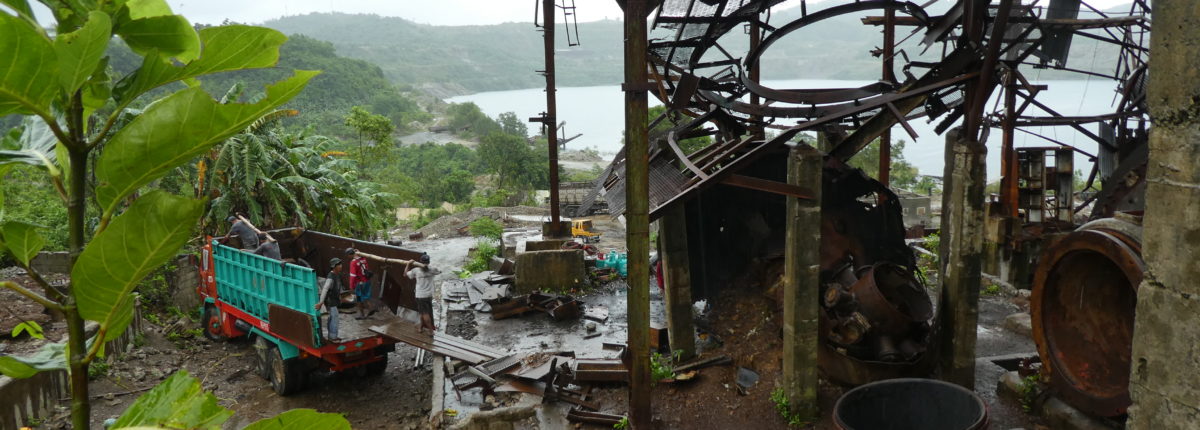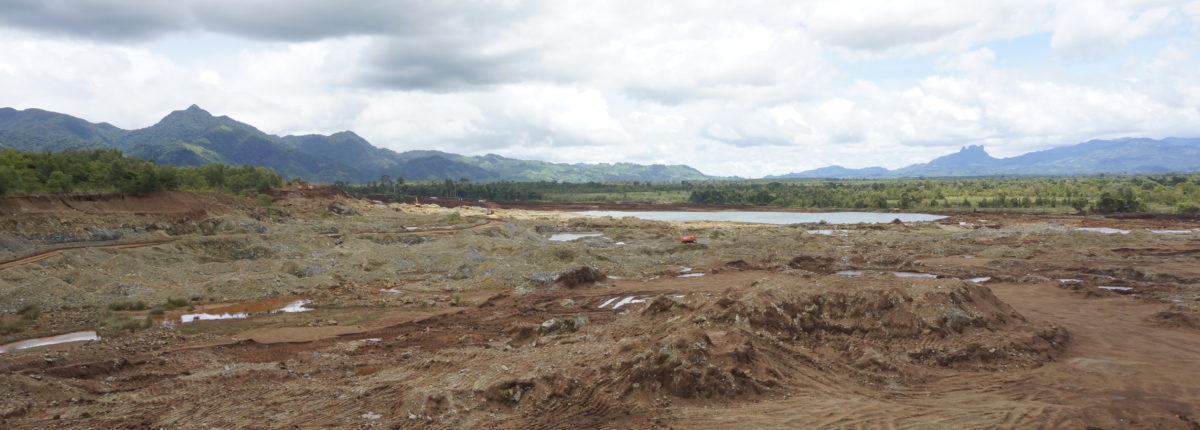CASID 2021 CONFERENCE
After The Mine Has Left: The Case Of Maricalum Mining In Negros Island, Philippines by John Edison Ubaldo, Kellyane Levac, Dominique Caouette The municipality of Sipalay in Southern Negros Island, Philippines is copper deposit haven. Interest in the copper deposits came as early as the 1930s but nothing materialized until a mining company started operating in the 1950s. Residents who lived to witness the glorious days of the mines would recall how “wealthy” their community was as household income would…








